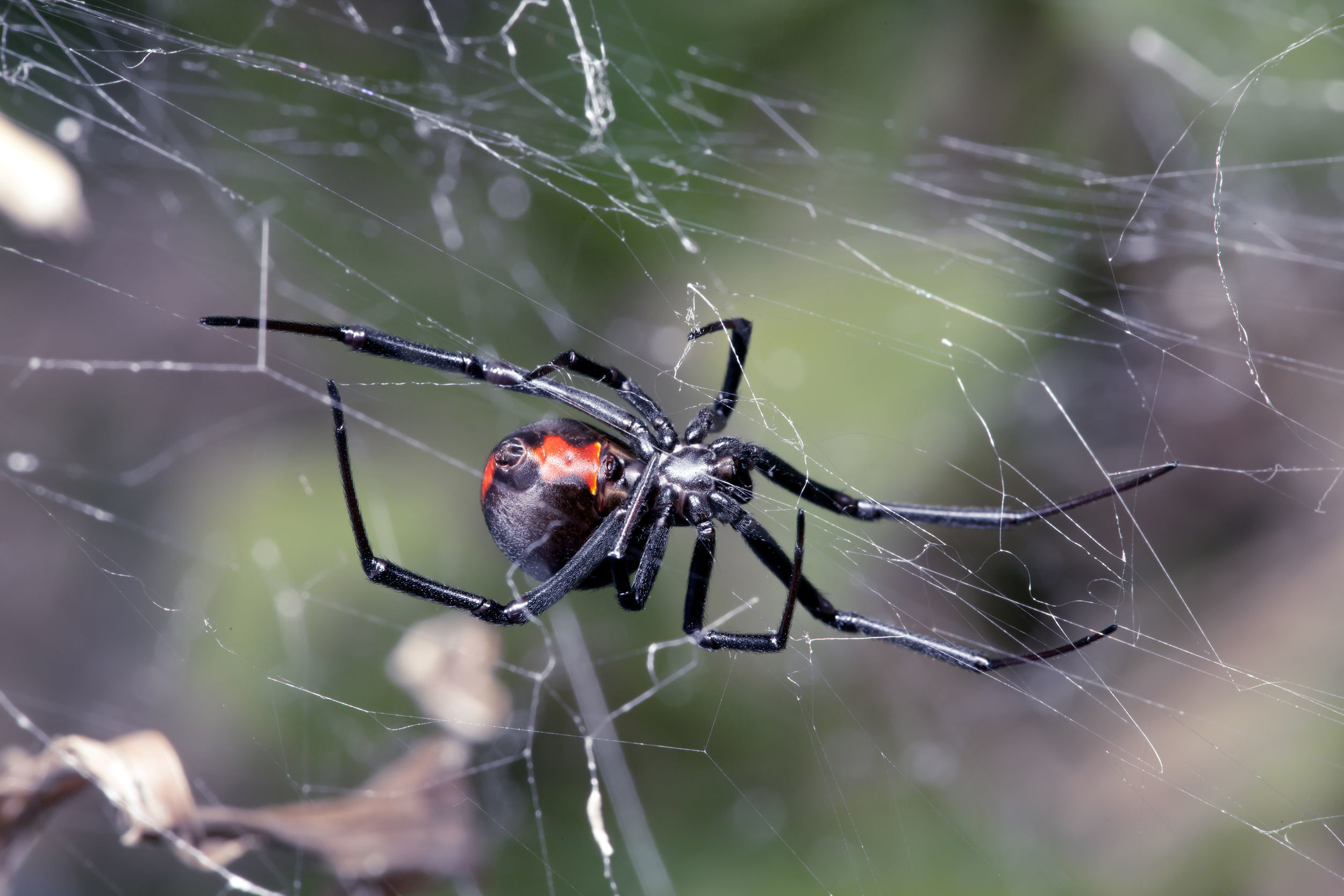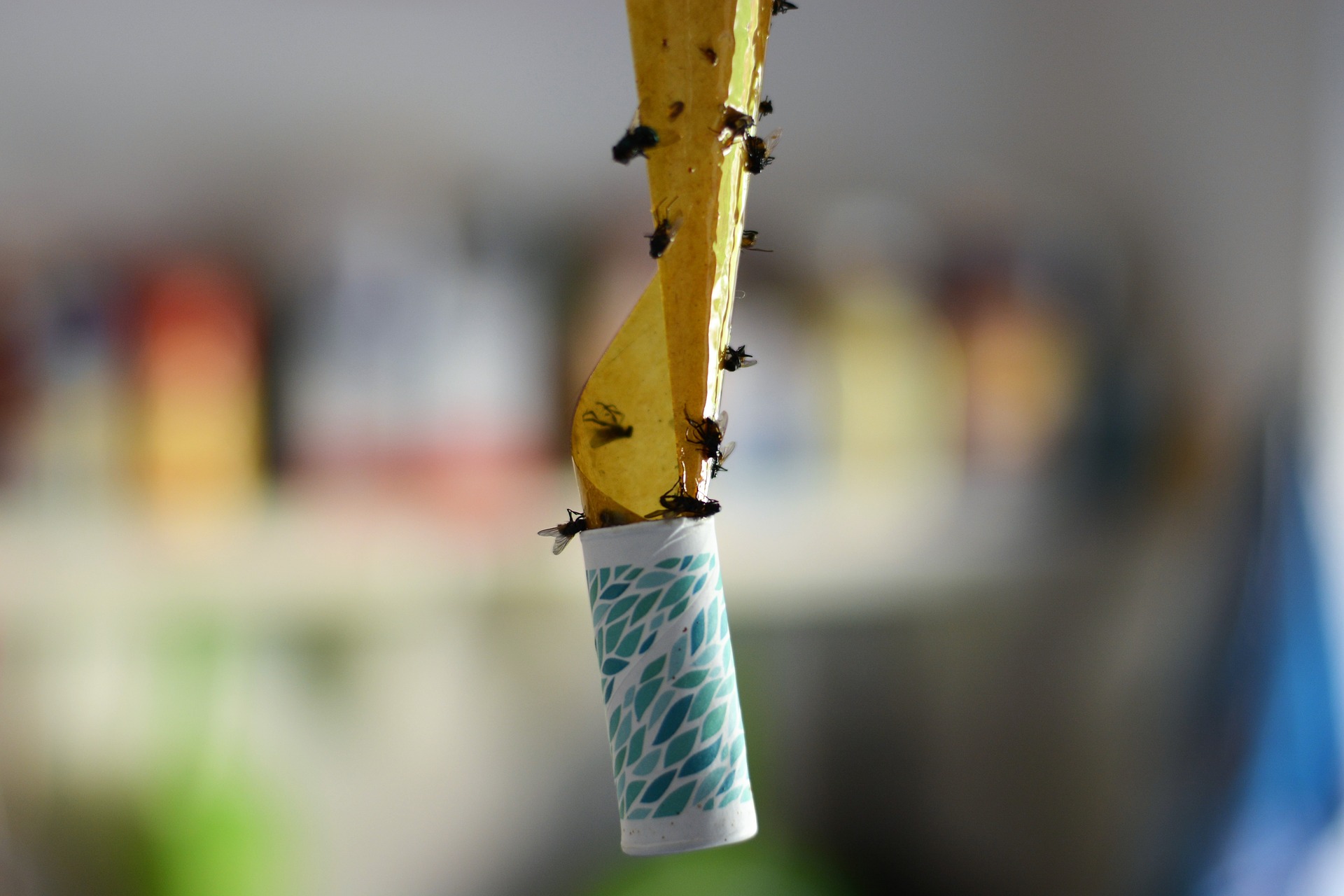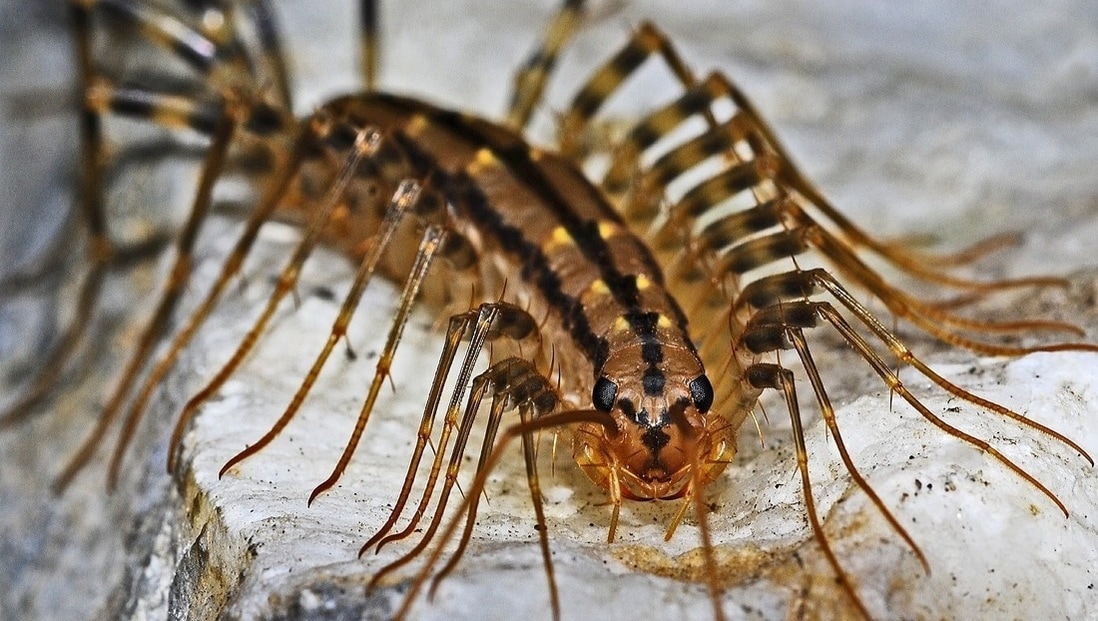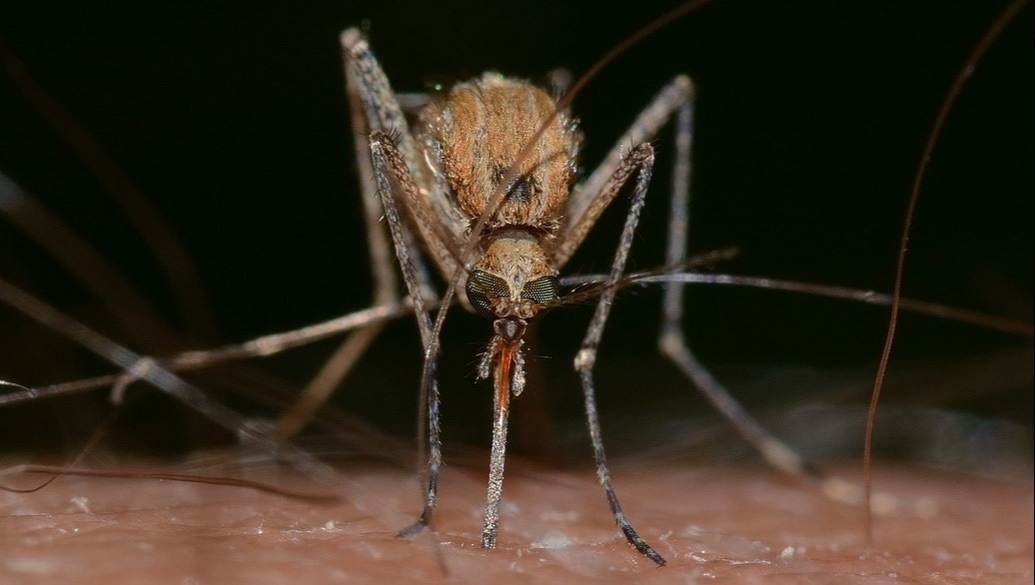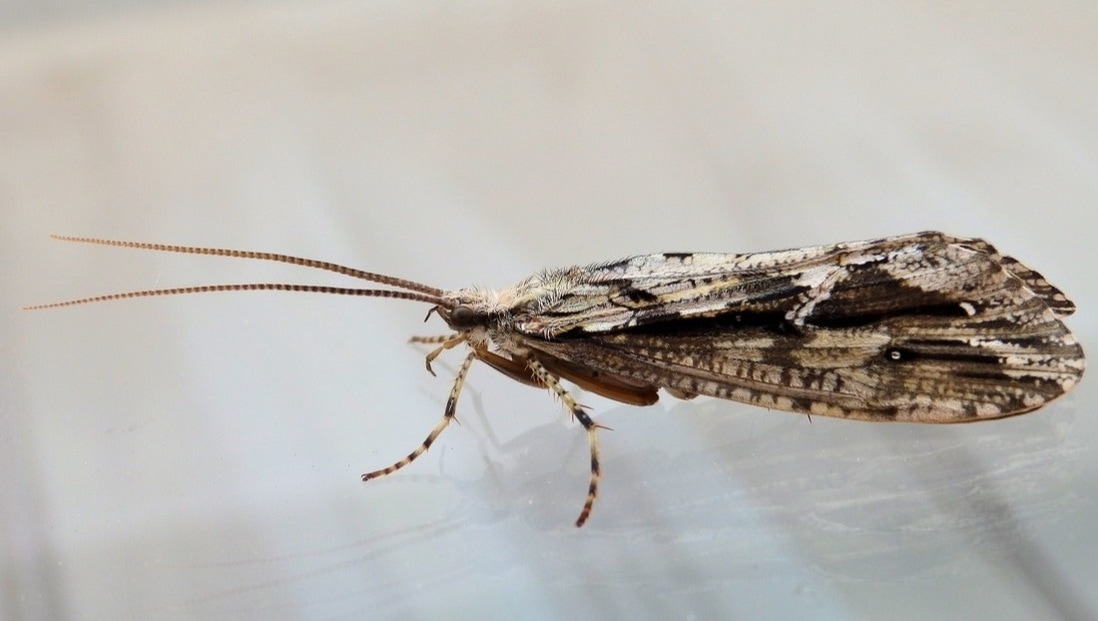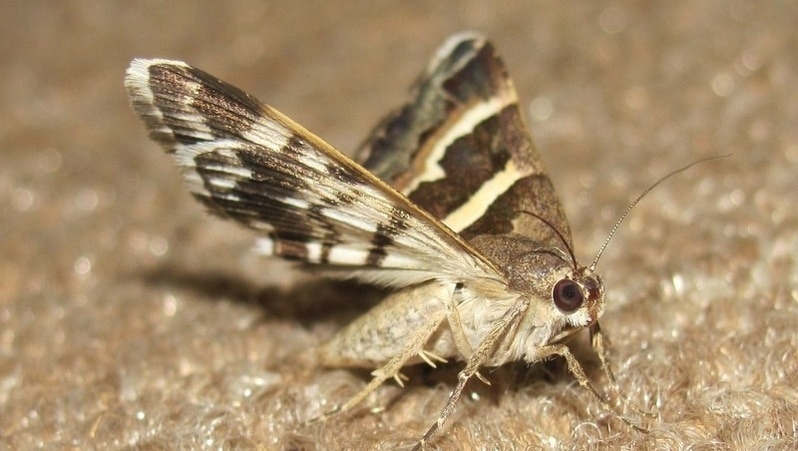Mice enter buildings in search of food and shelter. They search for food source and quiet areas to nest. By removing food sources and sealing up small entry points, mice will be less likely to enter your home or business when the weather turns cooler. Mice are not picky eaters and are typically found feeding on scraps and leftovers which can harbor harmful bacteria. So, by reducing food wastes will decrease the possibility of mice spreading diseases such as Salmonella or Hantavirus.
The first step to solving a rodent problem is to know what which rodent you're dealing with. In this case, you need to be sure you have mice and not a rat(s) or any other rodent infestation such as voles or moles. As rodents are nocturnal, it may be unlikely that you'll actually spot a live rodent during the day. However, if you do, mice are easy to identify. When compared to rats, mice are smaller in size; they have longer, thinner tails with fur, and have smaller, rounder ears.
Knowing how to identify mice from rats and becoming familiar with the signs of a mouse problem is critical to controlling or eliminating an infestation. This is where a professional can really help. Correct identification by Gladhill Services will help you choose the most affordable control method without any worry.








